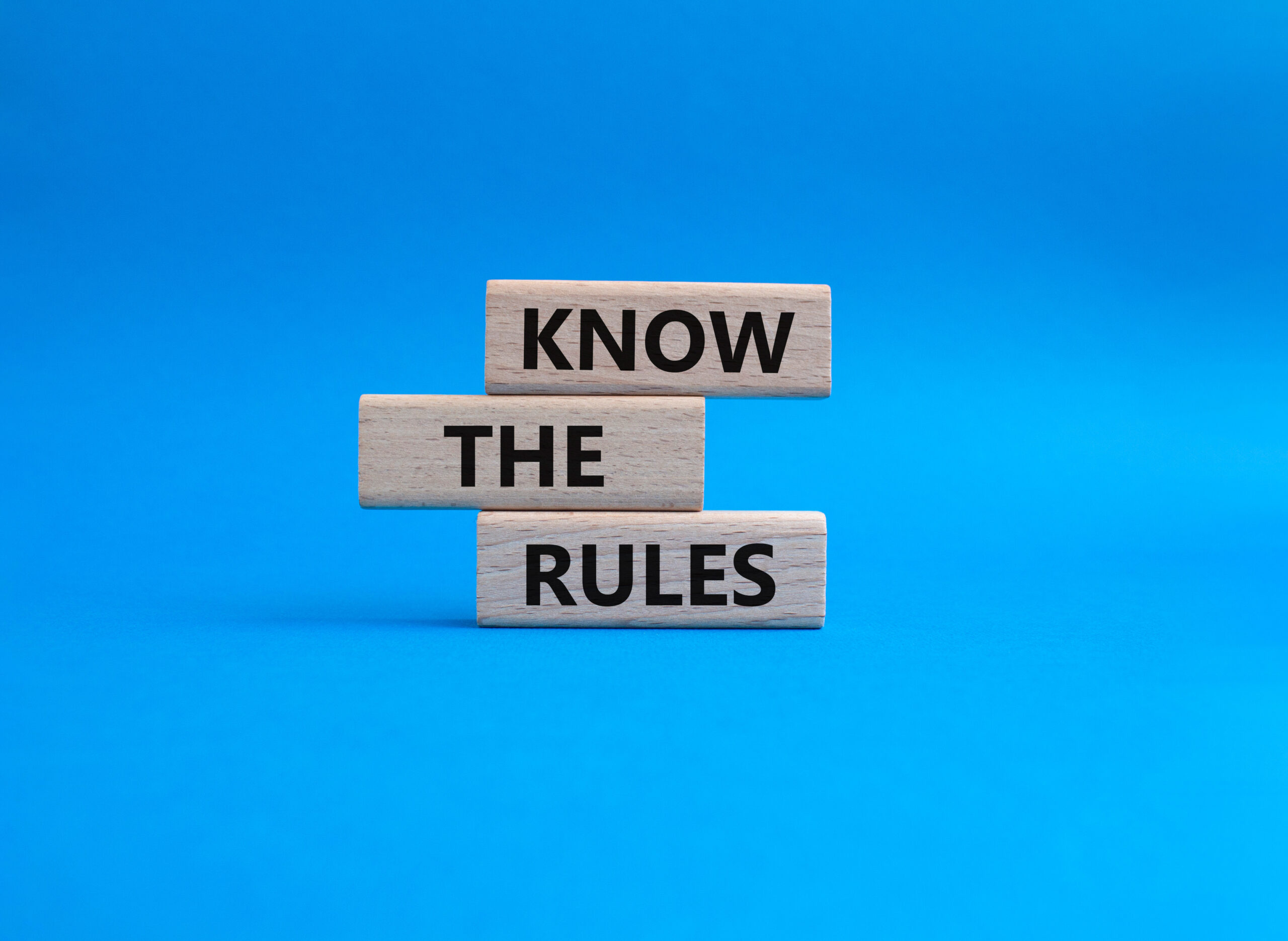Networking – like any other business activity – requires a plan, measurement, and correction/improvement if you’re to be successful at it.
With over 16,000 people to meet at the annual ISSA/INTERCLEAN Trade Show and associated conventions for ARCSI, BSCAI, and IEHA, your post-convention tasks can stack up pretty quickly. It’s easy to get bogged down in turning new marketing strategies into a marketing plan for the next year. It’s even easy to make a list of all of your products, prices, and long-term costs and make some supply switches. But what usually gets lost in the melee is your follow-up networking. After all, the people you meet are the most constant and the most concrete resources you’ve acquired at the convention.
Networking is perhaps the single most effective tool you have toward meeting your business goals. Whether you are trying to buy a business to expand your empire, sell your business, add divisions and specialties toward diversification, solve a problem or exploit an opportunity, a healthy and thriving network offers you the opportunity to talk to experts on any issue you might have, especially business owners who have “been there; done that.”
Now before you begin to craft a networking plan, know upfront that networking is money-cheap but time-expensive. As you create your plan and work through each step, be careful to make choices that clearly benefit your business. Your time is expensive, and you want to be able to measure the ROI of your networking.
1. Start networking before the convention
Yes, your networking starts before you actually meet anyone. All of the organizations convening in Las Vegas next week provide a list of others who are exhibiting and sponsoring various events.
The key here is to think of the vendors not simply as suppliers. With many having more years in the cleaning industry than the average cleaning business, these vendors are rich resources. They work closely with cleaning contractors on a daily basis and spend their time developing solutions to custom projects and unique problems. And they are also humble; if they can’t give you the insight you are looking for, odds are they will know someone who can.
Of particular value is the ISSA app where you can browse the list of more than 690 vendors who will be showing at ISSA/INTERCLEAN. Using this app and the online schedules from the other associations, you can review vendors and presenters you’d like to meet. Reach out to them NOW and make appointments to meet, even if for only 15 minutes.
You may also be able to review a list of association members who are registered for the conventions; take a look at those names, think of who has been a thought leader on LinkedIn or other professional discussion boards, and reach out to make plans to meet those people as well.
2. Organize those names and contact information
Between business cards, flyers, presentation handouts, and random notes on napkins, receipts, and tiny slips of paper, sorting through the collection of new contacts can be daunting.
With each contact you gain, jot down a note on their card about how you think you might work with that person now or in the future at the time you meet him/her.
Later, you’ll be able to make priority piles based on when you think you’ll want to work with them: 3 months, 6 months, 12 months. A twelve month pile is as long as you want to go because, if they’re still around in 12 months, you should see them again next year at the convention.
3. Send each a personalized message
Set a schedule for sending out personalized messages to each of those contacts. For your 3-month pile, make it a priority to get that message out about 10 days after the convention ends. Why delay? You want to avoid getting caught in the pile of emails that stacked up while you were all at the convention together.
It’s equally as important to follow up quickly with the folks in your longer-term piles. You’ll want to establish and nurture a good relationship with those new contacts so that later when you’re ready to initiate a project together, you’ll be ready to hit the ground running.
So what should you write in these messages? Business writing expert Lynn Gaertner-Johnston offers a simple formula for that first message, one that is designed to promote continued dialogue:
- Mention the meeting and conversation – to jog their memory
- Refer to something specific from that conversation, especially something you want to make a mutually-beneficial activity
- Suggest a way to continue the conversation – a meeting, phone call, site visit, etc.
- Attach an article or include a link that supports and strengthens your connection
- Tell them what you will do next in relation to your connection
4. Connect in a variety of methods
It’s easy to get stuck in the electronic mode – connecting by email – but don’t forget that phone calls and even face-to-face with local representatives can lead to even richer networking opportunities.
- Enter the contact into your address book – whether that’s manual or electronic
- Connect on LinkedIn, Facebook, Twitter, and other shared platforms
- Sign up for each other’s newsletters – yes, encourage even the vendors to sign up for your business’s newsletter to give them a way to keep up with your business without always having to call you and ask what’s going on.
What happens from there is largely dependent on the success of that first follow-up communication you sent out. Be sure to track those messages and continue to reach out when at first you don’t succeed:
- Did the recipient respond?
- Did the recipient respond in the way you asked or expected?
- What is your next move?
- Did you put it on your to-do list and your calendar with a deadline?
As with all business activities, a clear, decisive plan of action, a method for measuring success, and the opportunity for course correction and improvement are essential for networking to be successful…until next year’s convention when you’ll add a whole new group of new connections to your network!





